 Many IT companies are paying more attention to data center power and the movement needed to establish leadership in certified energy and environmental design (LEED) facilities.
Many IT companies are paying more attention to data center power and the movement needed to establish leadership in certified energy and environmental design (LEED) facilities.
by Belden*
The truth is that the ecological is difficult to measure in the physical layers. As we work on the Open Systems Interconnection (OSI) model of Layer 2 (data link) and Layer 3 (network), we find equipment that requires power. This way it is much easier to calculate what your real consumption is and the savings it implies.
Although it may be more difficult to determine the value of greenness in physical layer components, many solutions are available in all functional areas of the Data Center and in the rest of the facility, which can help improve energy efficiency, support sustainability and minimize waste.
The use of Energy Star servers and the high efficiency of power distribution units (PDUs) is significant, but without the right components of physical layers that provide optimal performance, density, scalability and easy management; facilities might not be able to get the most out of energy for efficient equipment and sustainable services. In our day, building owners and data center managers need to be considerate of the environment and select physical layer components in order to look for innovative solutions that help them become greener.
Space saving
Fortunately, within the data center pathways, fiber optics and default copper solutions with packets in cable assemblies provide a smaller diameter in the cable that facilitates cable installation and management while requiring fewer tracks for channeling. On the other hand, the default solutions require less packaging, less consumables and also reduce installation and working hours, therefore energy.
According to Paul Kish, Director of Systems and Standards at Belden, "This means savings in energy and waste throughout the manufacturing process and in the supply chain, leading up to the implementation of the system. Studies show that default solutions can save up to 40% of the material in a Data Center topology. In the facility's backbone and horizontal peripheral tracks connecting TRs and workstations, small diameter cables and patch cords can save considerable space."
Reducing energy consumption
Today, active equipment consumes more energy in operation to stay cool. It is estimated that the accounts for cooling, reach up to 40 percent of the total consumption of the Data Center. What's more, the cooling process itself is accompanied by an impressive waste of energy, because computer room air conditioning units (CRAC) compensate for hot spots.
Most Data Centers use a hot aisle/cold aisle configuration to help contain the hot air coming from the back of the equipment. To take advantage of the configuration, Data Center managers are looking for solutions to work with equipment boxes that separate hot air from the back of the equipment, from the cold air coming from the front. There are solutions that manage to amicably mix the hot and cold air of the Data Center. This increases the differential between inlet and outlet temperatures of a CRAC unit for better efficiency and energy savings, says Roderick E. Sampson, RCDD, Vertical Marketing Manager at Belden.
For example, the solutions that exist in the market for heat containment that are installed in the enclosures, automatically save the heat and consequently regulate the speed of the fan to extract the correct amount of air in the housing for the return to the CRAC units, through plenum spaces.
Many other devices are available to reduce power consumption in a Data Center. This includes power distribution units – with remote monitoring capabilities – which allow Data Center managers to turn on or off individual outputs or output groups and display information on temperature, humidity, airflow and smoke.
Improved performance
As the core asset that connects application users most needs to communicate and perform daily business transactions, transmission and scalability across the Data Center and network are also extremely critical. But how does this impact the environment?
When network components provide the highest possible performance and scalability, they do not support the latest applications, such as 10 Gigabit Ethernet (GbE), but they do have the potential to support future applications. The longer the network components last, the more obsolescence will be avoided, the more waste is reduced, and the facilities in general will be more sustainable.
High-performance cabling components enable data center administrators to give advantage and efficiency to all their practices, such as server consolidation and virtualization that requires more bandwidth, said Paul Kish, Director of Systems and Standards at Belden. IT administrators make it more prudent to deploy high-performance cabling components to maintain bandwidth demand, hand in hand with constant changes in technology.
Solutions, such as default fiber optics and copper cable offer superior performance, are finished from the factory. These solutions can be easily reused and redistributed across Data Centers to perform different movements, additions and changes (MACs) without the need to purchase unnecessary new components and increase waste.
Beyond being ecological
While selecting the right components for the grid can help reduce environmental impact and support energy efficiency across Data Centers and LANs, there is much more to it than ecology. Going green means working in the most efficient and intelligent way across all systems and operations within the facility This is where Internet Protocol (IP) comes into play.
In recent years, Ethernet and IP have advanced to a point where they can be used to transmit voice, video, security, industrial control, and facility management information such as data signals over the network. When facilities have more than one proprietary system running on their own cabling, for their own equipment, IP convergence allows multiple operating systems, to work as open networks that use the same cabling and send data signals, using the same common protocol. This eliminates a lot of unnecessary wiring, equipment and material.
According to Roderick E. Sampson, RCDD, Vertical Marketing Manager at BELDEN, "For example, many hospitals use and deploy separate coaxial networks for the delivery of the television signal and entertainment in patient rooms, waiting rooms and other networks for the delivery of Internet and telephony access. With the advent of voice over IP and video over IP, those systems can run on the same network infrastructure."
In addition to reducing the amount of cabling and equipment, IP convergence improves on-site operations. Every time operations become more efficient, time, labor, materials, and personnel are reduced, which means significant waste reduction. With IP convergence, data from different systems can be managed from different systems with a centralized interface, versus a separate team, making it easier to share between applications to simplify construction operations.
With IP convergence, the network username is made easier with an access control system that assures the user of their entry into the building. Staff integrity can be monitored with video surveillance cameras from remote locations, or even from any point with network access.
Alarms, real-time notifications, coming from the security system can interact with the corporate LAN system and telephone systems to send alarms to personal computers (PCs), pagers, and even cell phones. The lights can be automatically turned on and can follow an evacuation situation and the air conditioning system can be turned off automatically when smoke is detected.
Full IP convergence is not yet a reality and many systems are still individually deployed. However, with this design and implementation of construction systems, it comes to fruition, since it encompasses a series of simplified and efficient operations that significantly reduce waste and give rise to ecological and sustainable facilities.
*Paul Kish, Director of Systems and Standards at Belden (He is Chairman of the TIA TR-42.5 Subcommittee in terms of infrastructure, telecommunications and symbols and collaborates with Technical Information, on the BICSI Methods Committee) and Roderick E. Sampson, RCDD, Vertical Marketing Manager at Belden (He has more than 15 years of experience in high-performance network cabling solutions) collaborated for this article.




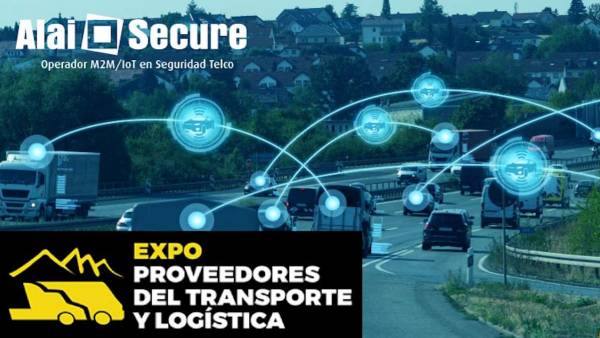
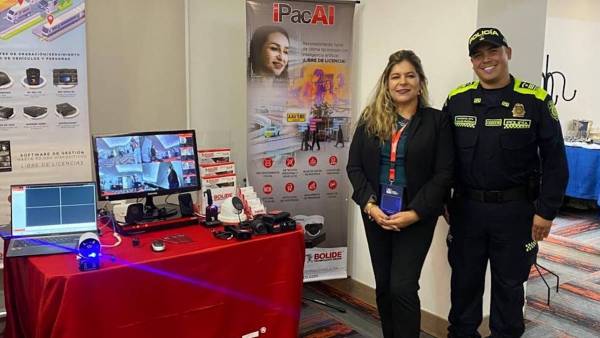
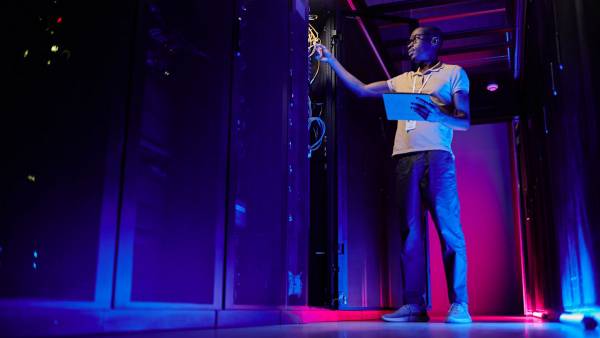
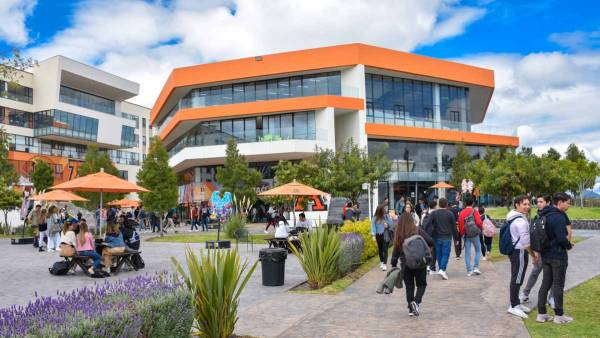

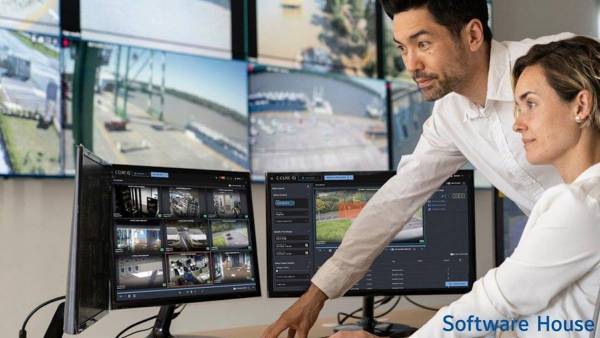
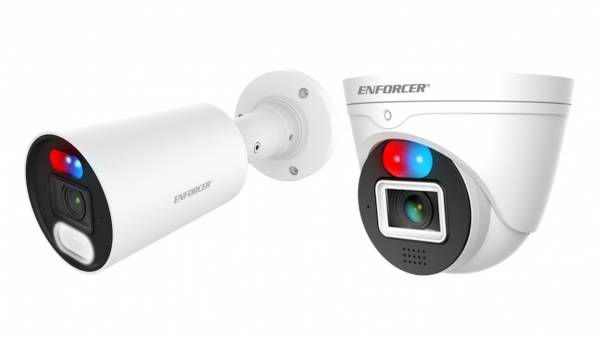

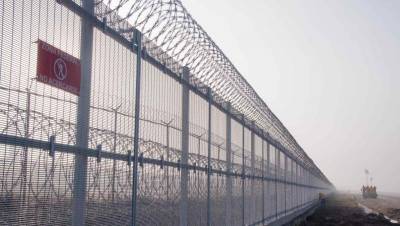












Leave your comment